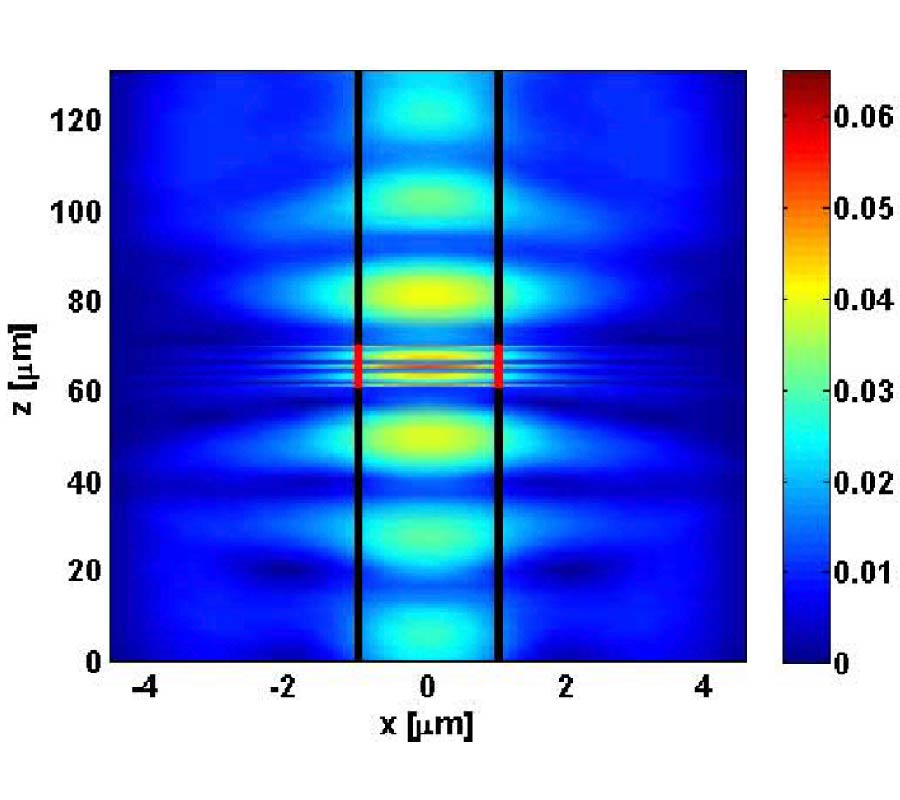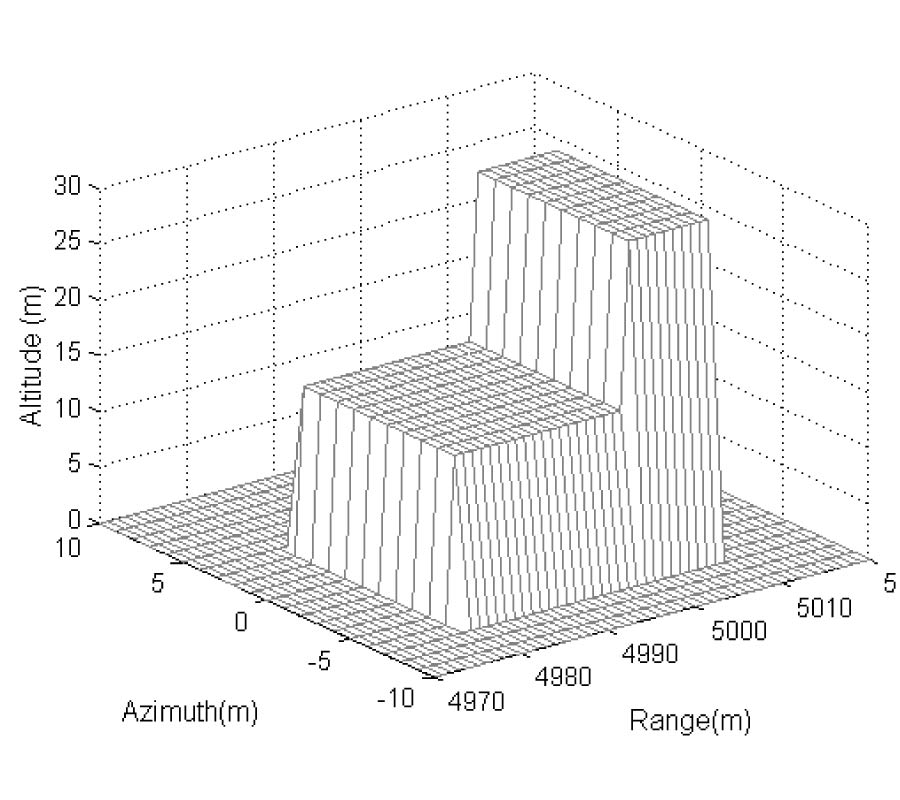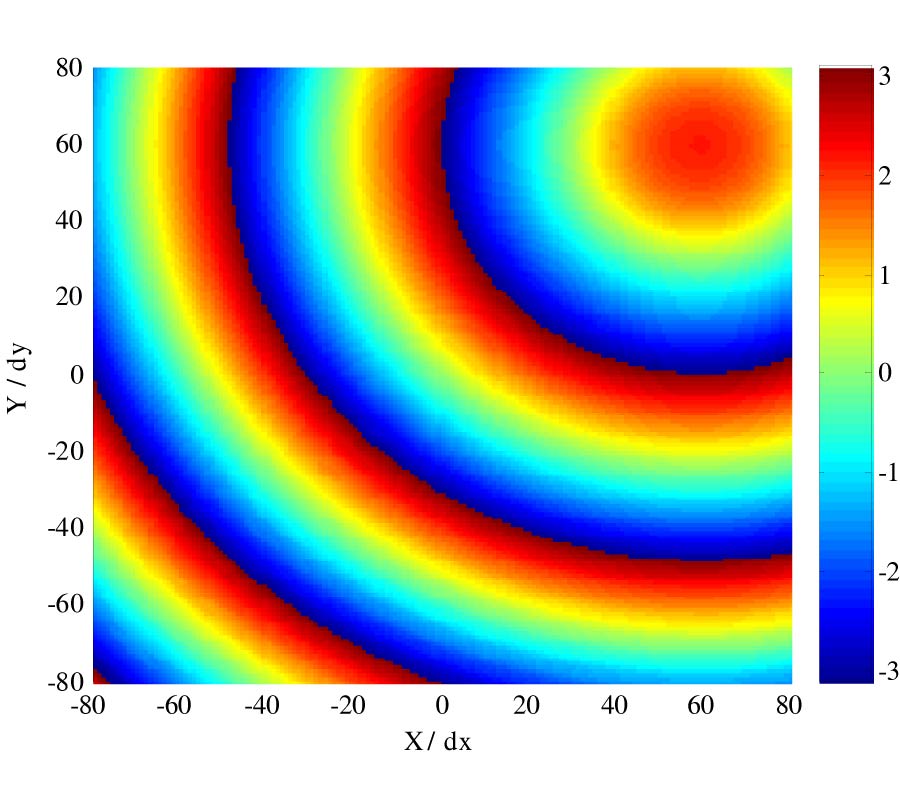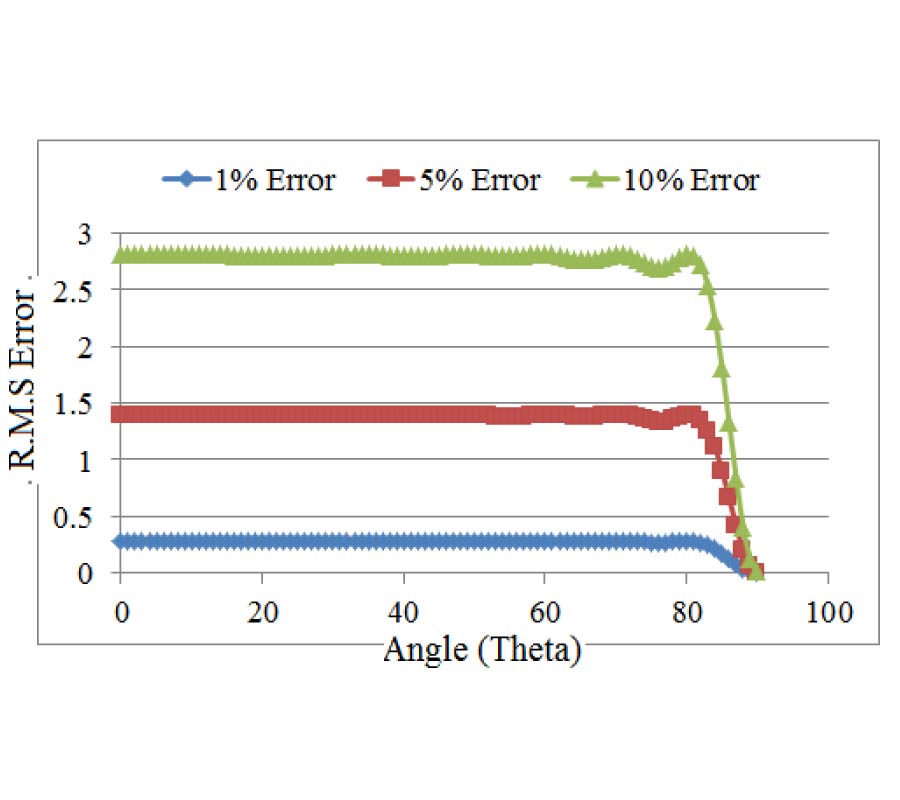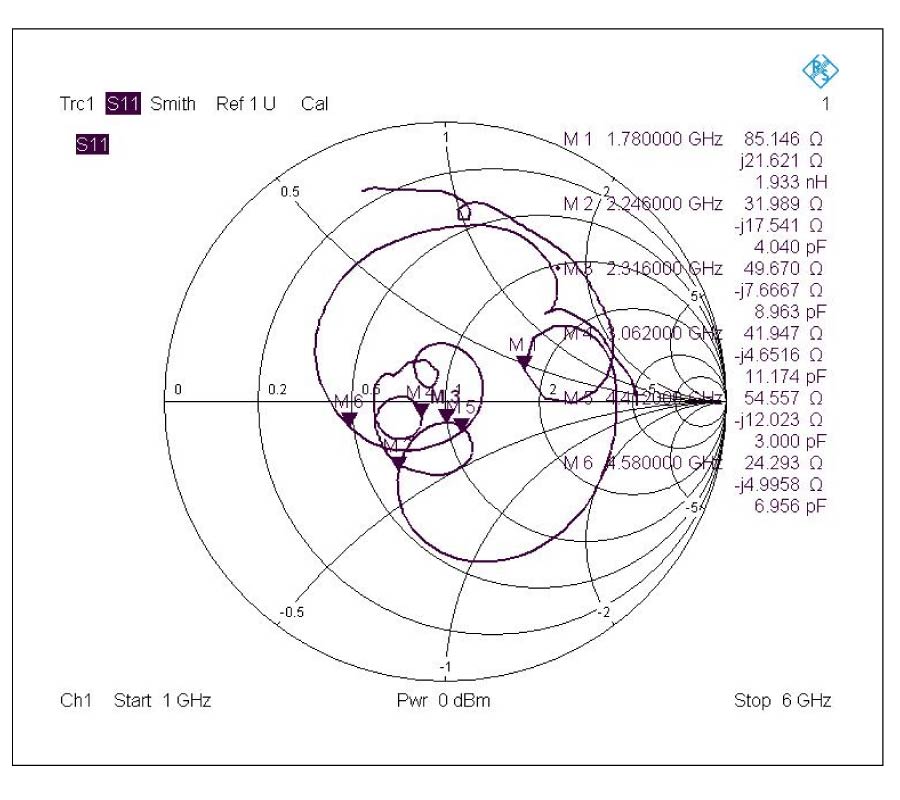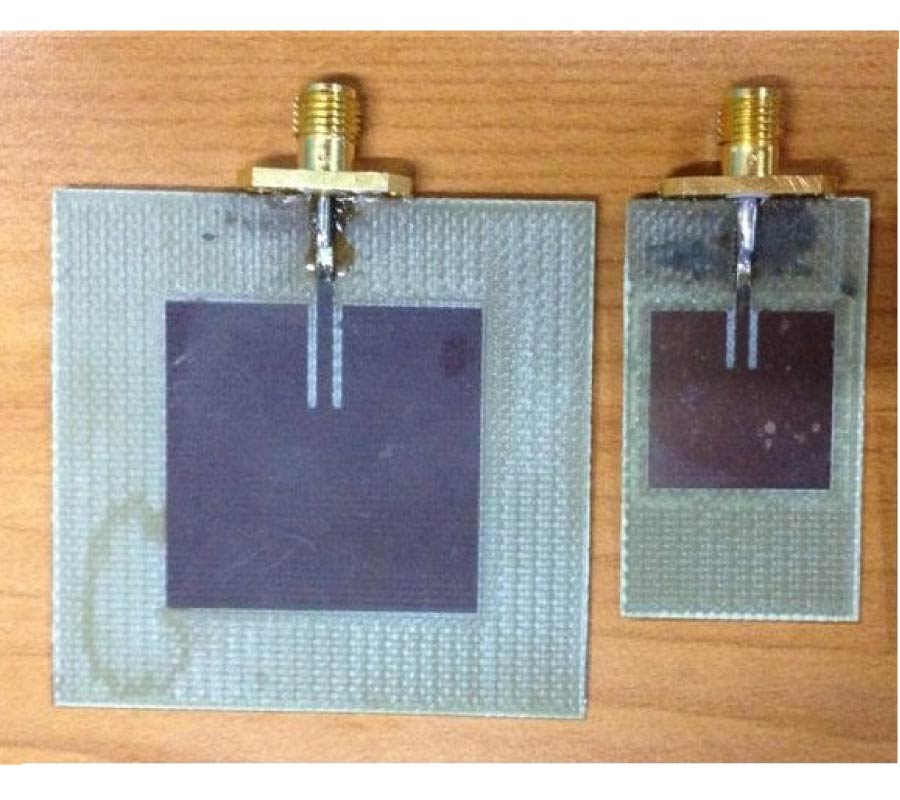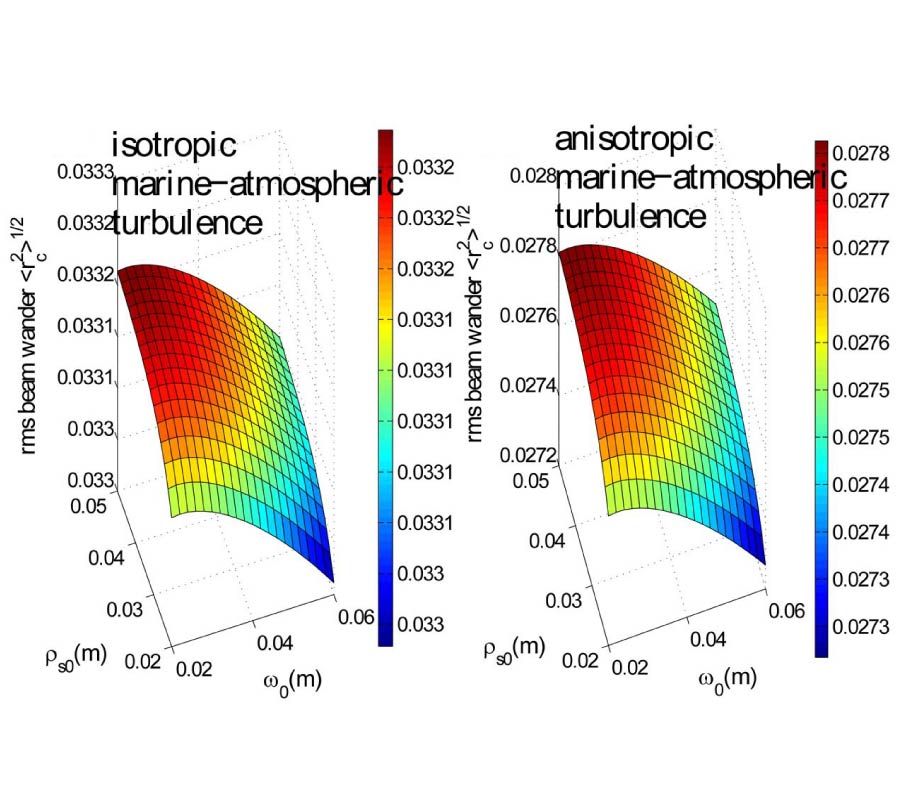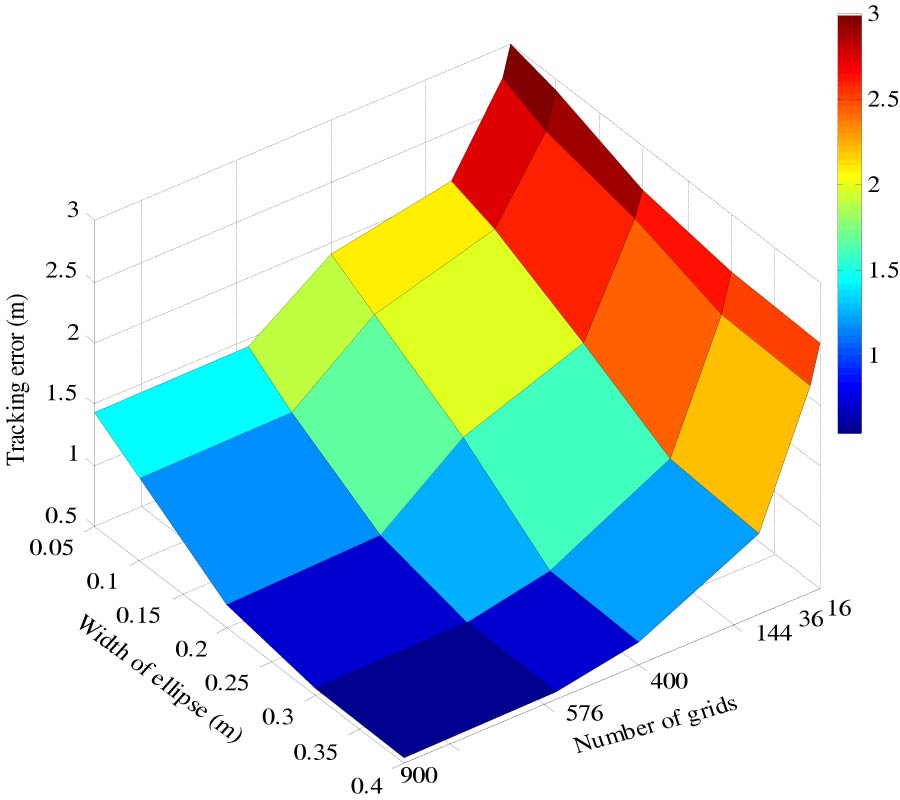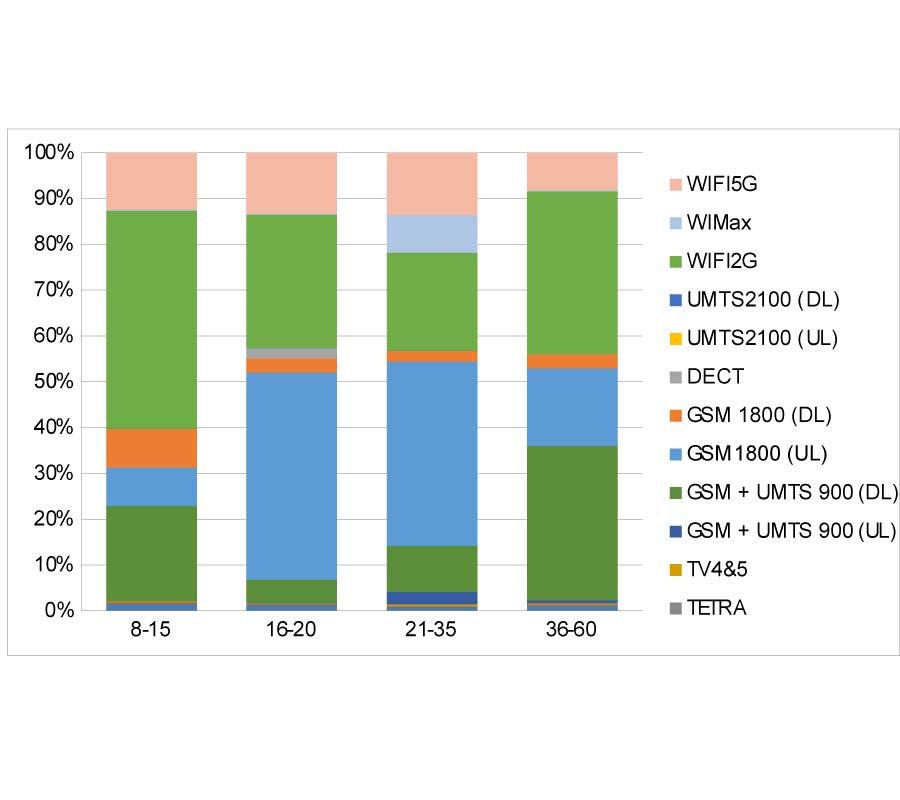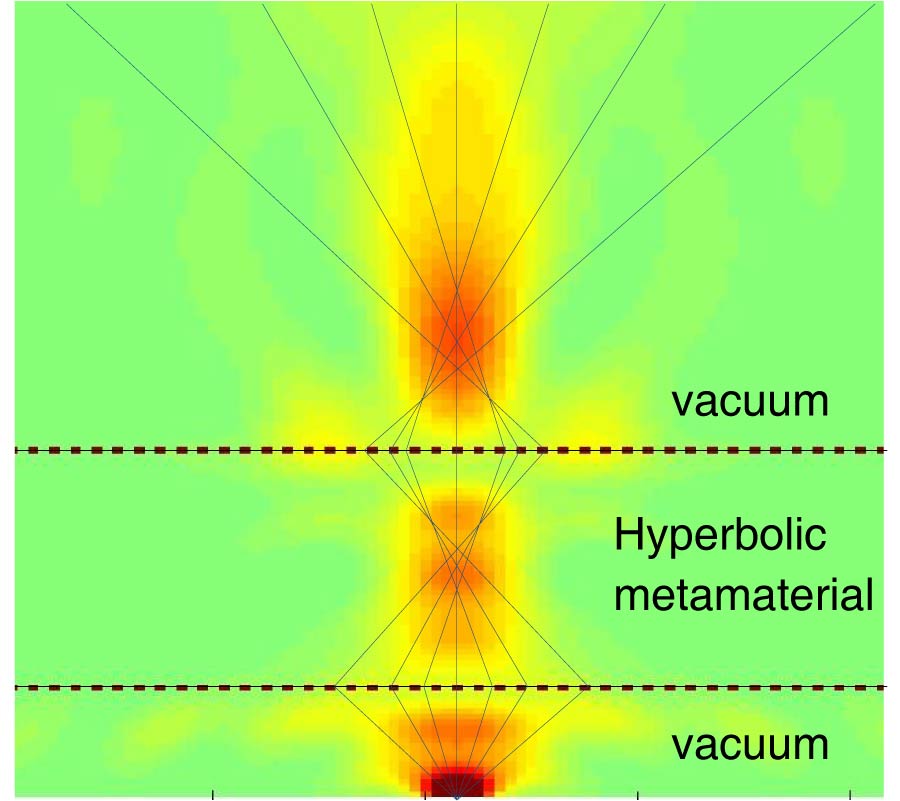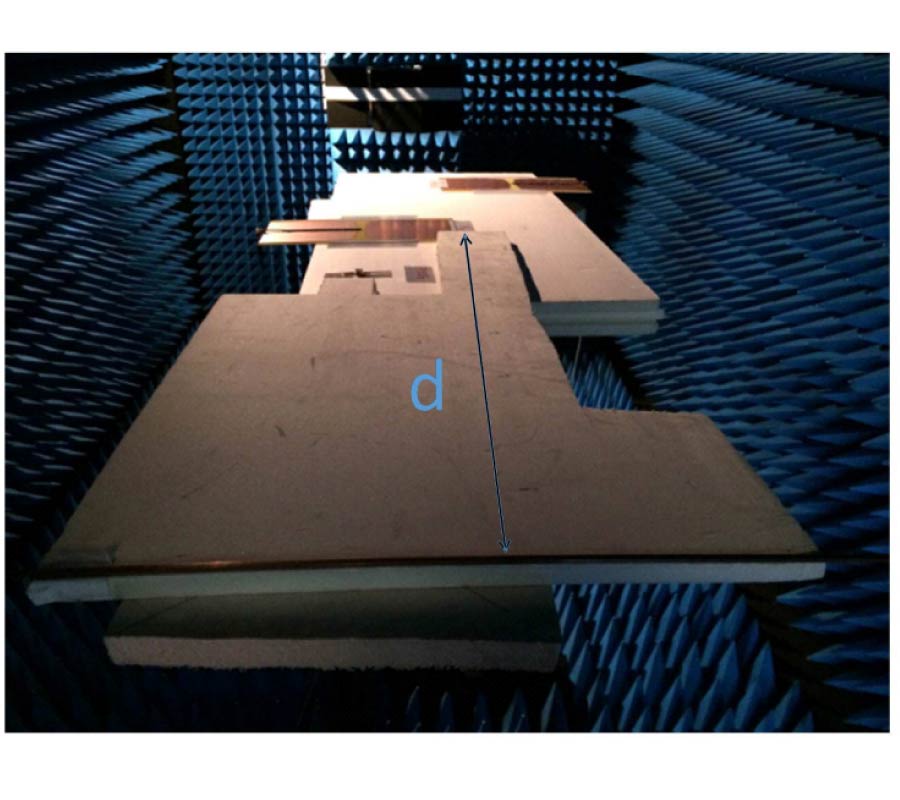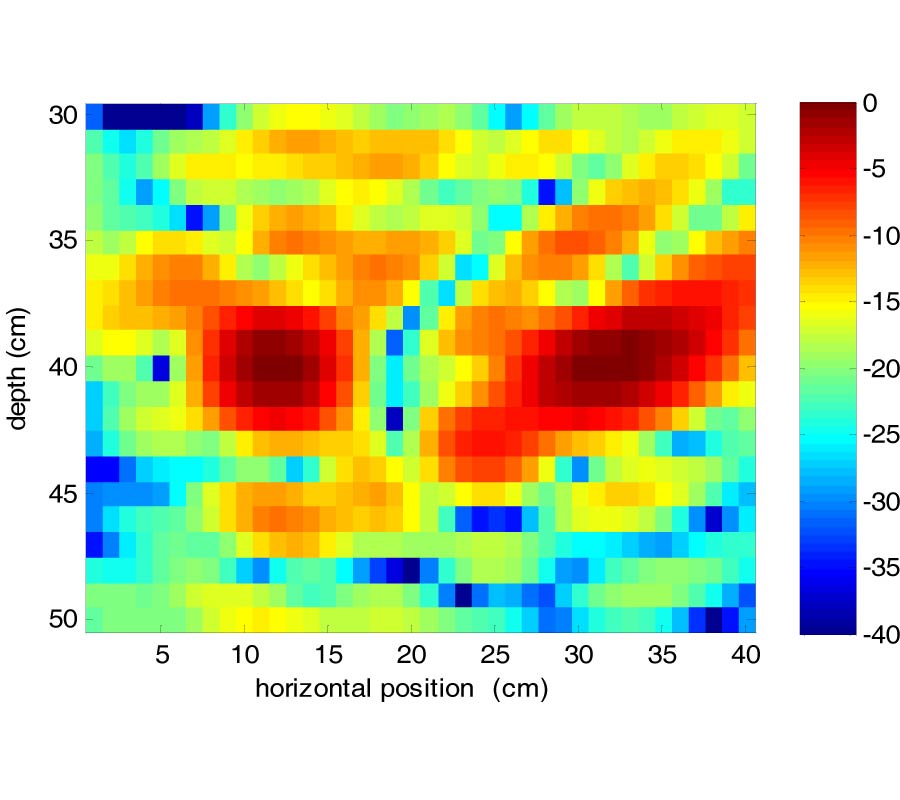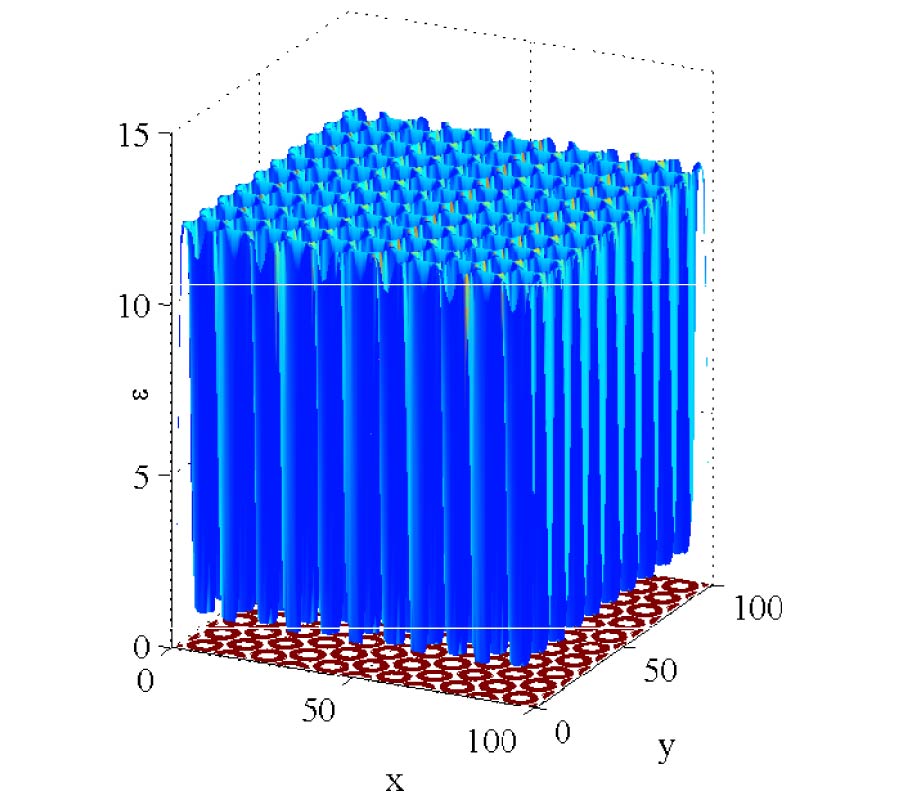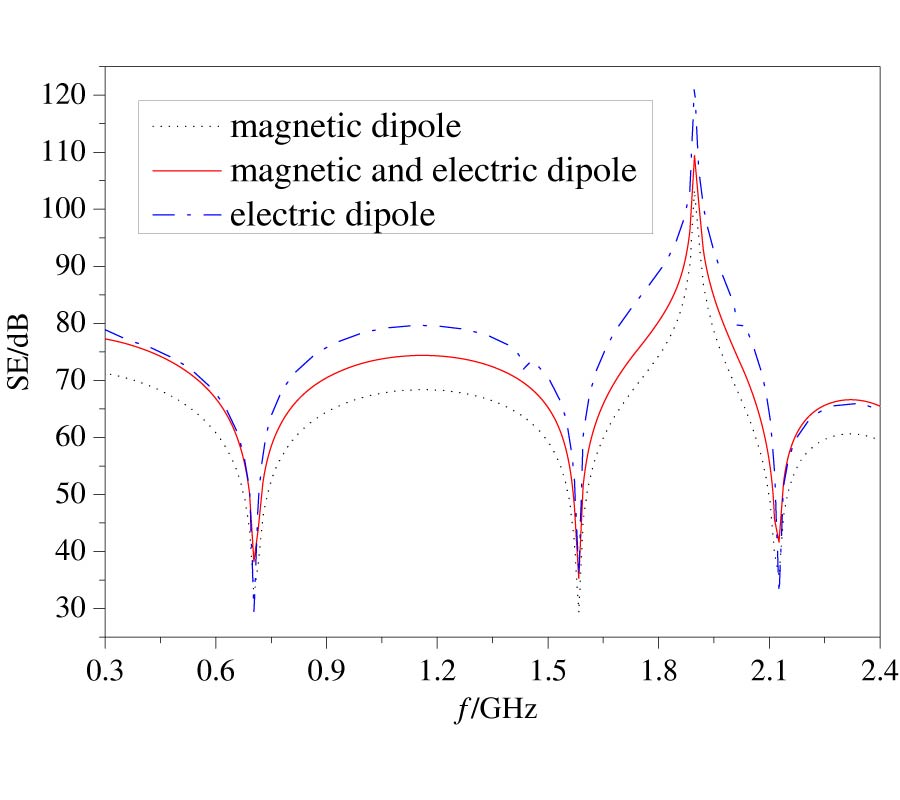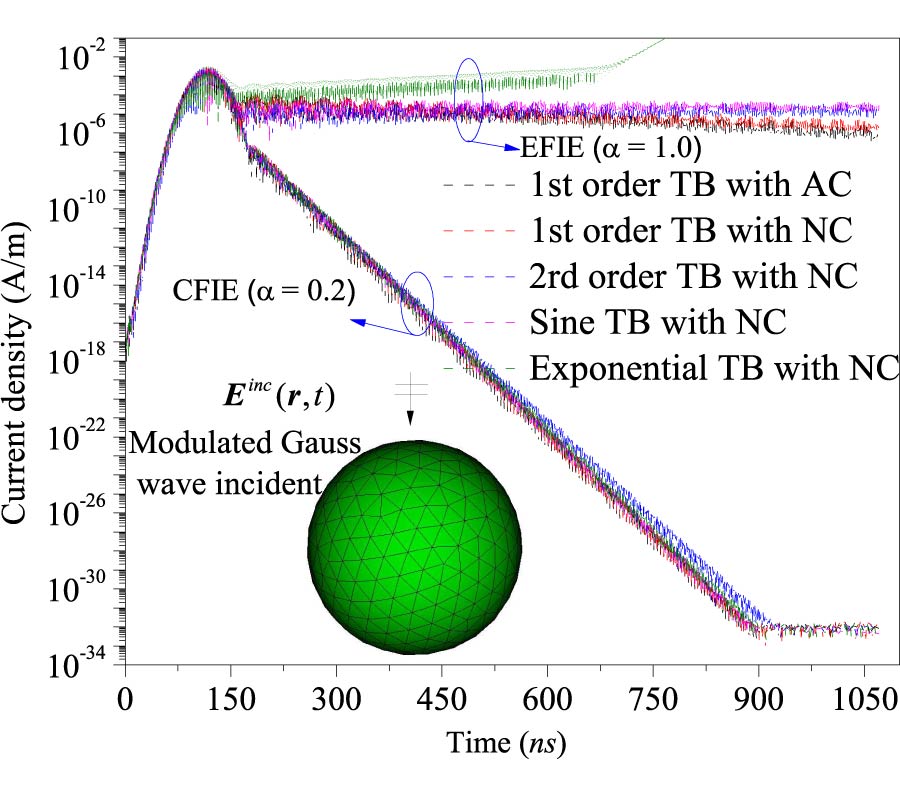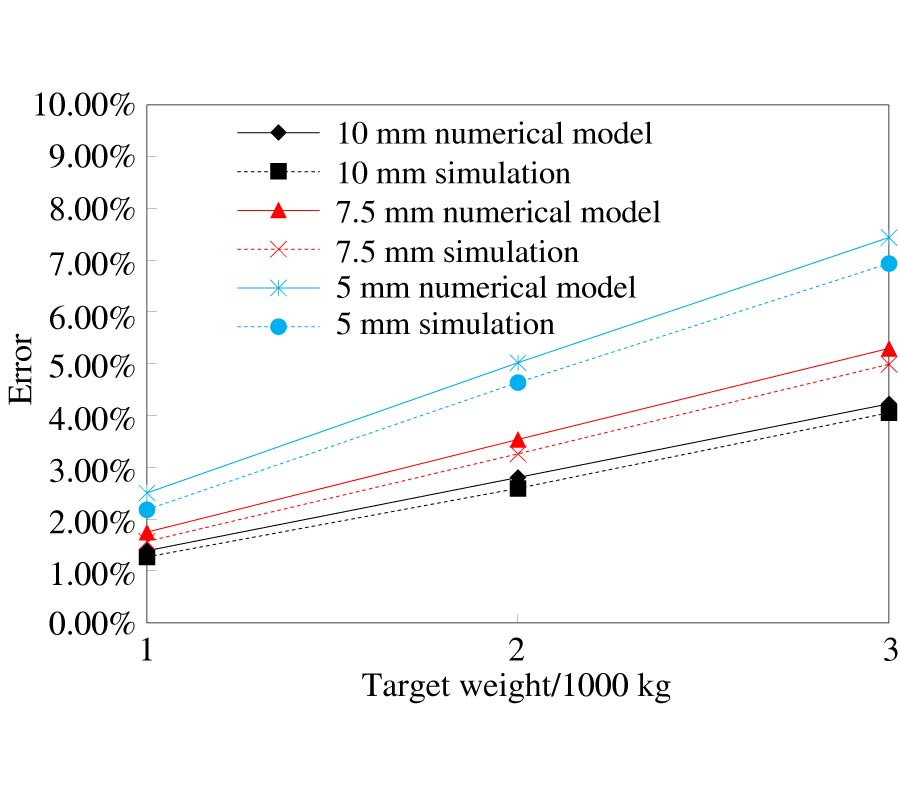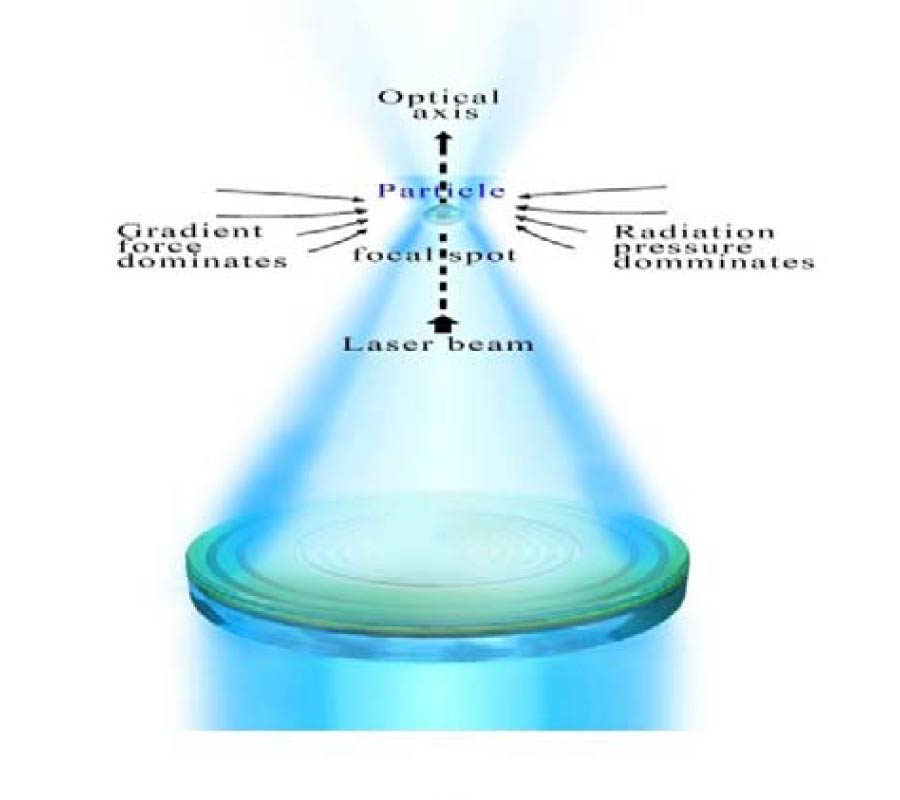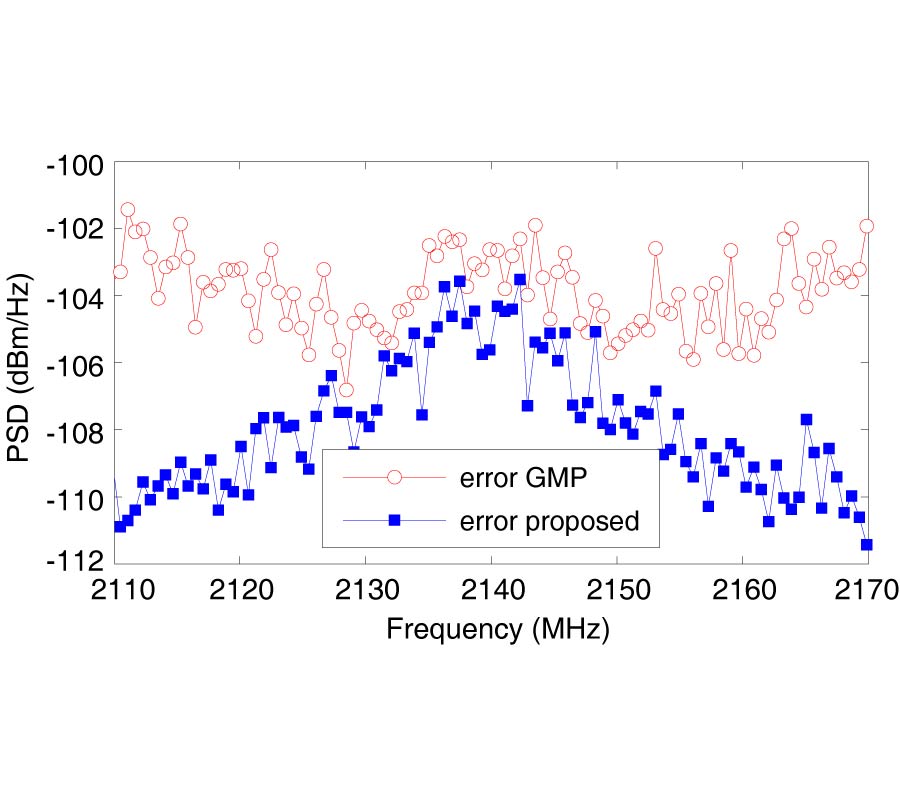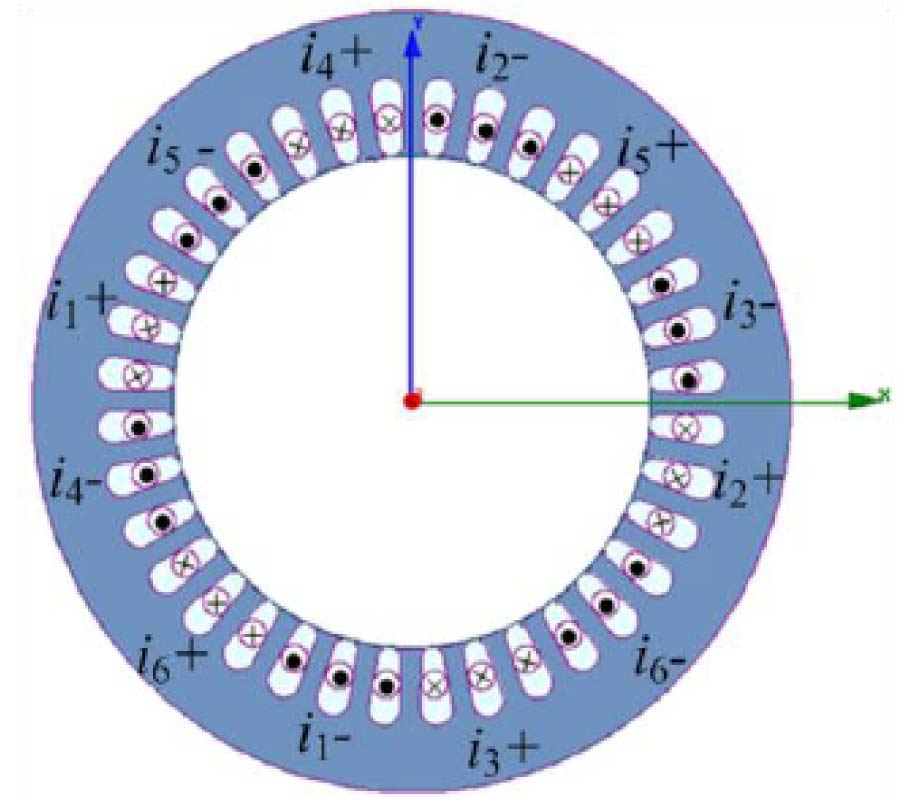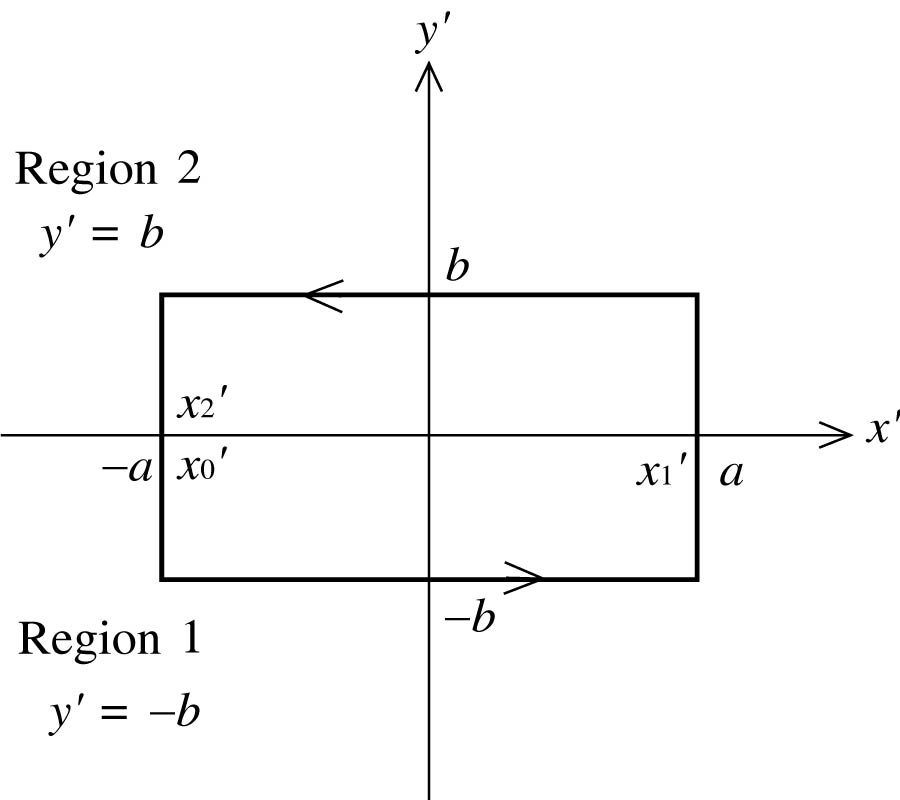2016-04-16 Latest Published
By Giovanna Calo
Dimitris Alexandropoulos
Vincenzo Petruzzelli
Progress In Electromagnetics Research M, Vol. 47, 201-213, 2016
Abstract
The temperature performances of GaInNAs-based semiconductor devices, for next generation communication networks and photonic integrated circuits, are investigated. In particular, GaInNAs-GaInAs Multi Quantum Well active ridge waveguides, patterned with a periodic one-dimensional grating and an active defective region placed in the central layer, have been designed for efficient active optical switches and modulators. The switching mechanism was obtained around the Bragg wavelength λ≌1.2896 μm at room temperature T=298 K by properly designing the periodic grating and changing the injected current density from JOFF=0 mA/μm2 to JON=0.496 mA/μm2. The proposed device exhibits high performances in terms of crosstalk, contrast ratio, and modulation depth. The temperature performance of the proposed device is analyzed in the range T=298 K - 400 K, showing a good stability of the figures of merit: crosstalk CT, contrast ratio CR, and bandwidth Δλ. In particular, the CT varies at about 1.2 dB in the whole temperature range, whereas CR and Δλ experience, respectively, a maximum variation of 25% and 30% of their maximum values.
